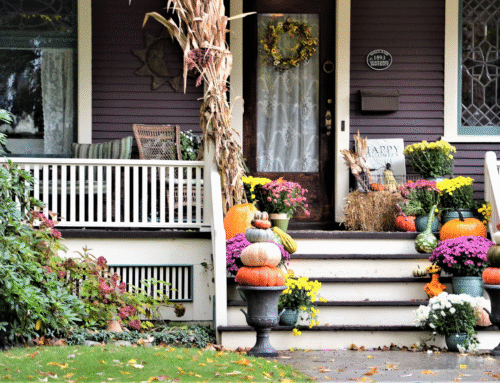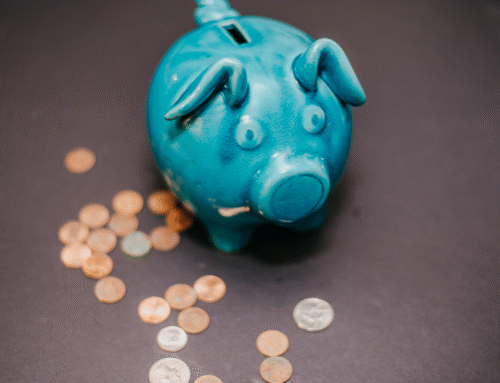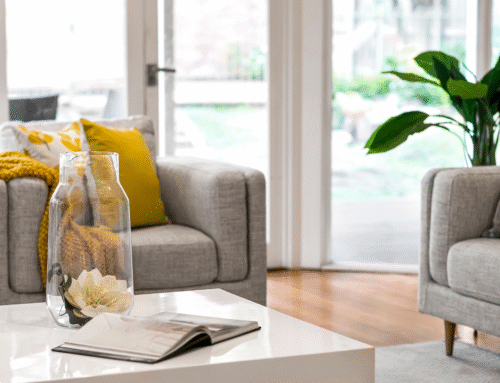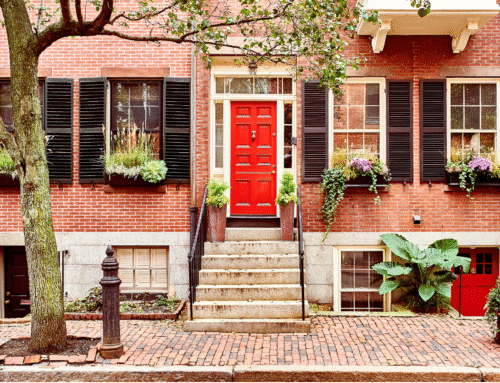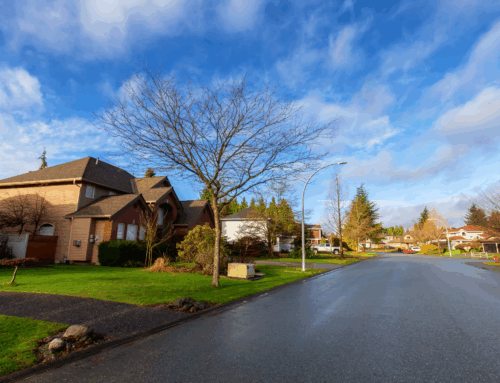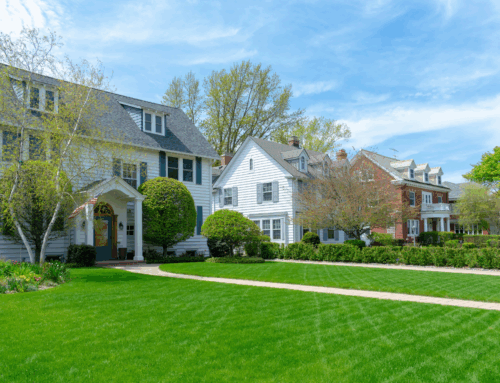In real estate, visibility drives results. The more eyes on a property, the faster it sells. While online listings, professional photography, and digital marketing are essential, open houses remain one of the most effective tools for creating momentum. In Greater Philadelphia, where competition varies by neighborhood and season, open houses deliver opportunities that private showings and virtual tours cannot replicate. They bring qualified buyers directly to the property, spark urgency through real time comparison, and often lead to quicker offers.
Why Open Houses Still Matter
The role of open houses has evolved, but their value remains. Today’s buyers often begin their search online. They scroll through listings, compare prices, and schedule tours. Yet even in a digital-first world, buyers want to step inside. They want to experience the flow of rooms, the light through the windows, and the feel of the neighborhood. An open house condenses this experience into a single event, creating convenience for buyers and exposure for sellers. According to homelight.com, homes with open houses often sell faster because they create a sense of accessibility and attract motivated buyers who might not have scheduled a private showing.
Building Buyer Urgency
Open houses generate energy by bringing multiple buyers together at once. When potential buyers see others walking through the home, they recognize competition. This subtle social pressure often encourages quicker decisions. In Philadelphia’s hot neighborhoods such as Fishtown or Northern Liberties, buyers attending crowded open houses know they cannot delay. In suburban areas like Bucks County or Montgomery County, open houses highlight how a property stands out compared to limited inventory. Even if a buyer is undecided, the presence of others signals value and prompts them to act faster.
Convenience for Buyers and Sellers
For buyers, an open house allows exploration without the commitment of scheduling a private tour. They can visit multiple homes in a single weekend, saving time and gaining perspective. For sellers, grouping showings into one event reduces disruption. Instead of preparing for several individual visits, one open house can accommodate many prospects. Sellers also benefit from immediate feedback, as attendees often share candid impressions during the event. This information helps refine marketing strategy or identify quick improvements that increase appeal.
Creating the Right Atmosphere
The success of an open house depends on preparation. Cleanliness, staging, and curb appeal remain vital, but atmosphere adds another layer. Soft background music, subtle seasonal décor, and a comfortable temperature help buyers feel welcome. Light refreshments create a hospitable environment, encouraging visitors to linger and explore. A well-prepared property should allow buyers to imagine daily life with ease. HousingWire notes in its guide on effective open houses that thoughtful touches, such as highlighting outdoor living areas or unique features, make buyers remember a home long after they leave, as explained on housingwire.com.
Marketing an Open House Effectively
An open house only succeeds if buyers know it is happening. Marketing must extend beyond the listing itself. Digital promotion on major platforms, targeted email campaigns, and social media announcements create awareness. Signs in the neighborhood guide local traffic and spark curiosity from neighbors who may know potential buyers. In suburban communities, weekend scheduling maximizes attendance, while in the city, weeknight events sometimes capture professionals who cannot attend daytime showings. Pairing open house promotions with virtual teasers, such as video walkthroughs, further increases engagement by giving buyers a reason to attend in person.
Open Houses as Networking Opportunities
Beyond immediate buyers, open houses attract real estate professionals, neighbors, and community members. This broader audience expands reach. Neighbors often know friends or family looking to move into the area. Agents attending with clients gain insight into how the home compares with others on the market. Sellers benefit from this extended network because each attendee becomes a potential advocate. Word of mouth from an engaging open house continues after the event, increasing exposure without additional cost.
Case Example: A Philadelphia Rowhome
A rowhome in South Philadelphia illustrates the impact of open houses. After two weeks on the market with minimal showings, the seller hosted a Saturday open house. Nearly twenty groups attended, creating buzz. One buyer, who had previously toured the home virtually but hesitated, saw the activity and submitted an offer that afternoon. By Sunday evening, two more offers arrived. The open house created urgency and transformed a slow listing into a competitive situation that closed above asking.
Case Example: A Suburban Colonial
In Montgomery County, a four-bedroom colonial sat on the market during late fall. Instead of waiting for individual showings, the seller scheduled a Sunday afternoon open house. Families toured back-to-back, exploring the large yard and updated kitchen. Several attendees mentioned the positive atmosphere and the convenience of seeing the home alongside others. Within a week, the seller received an offer from a family who had not planned to schedule a private showing but attended the event after seeing signs in the neighborhood. Without the open house, that buyer might never have considered the property.
Addressing Common Concerns
Some sellers question whether open houses attract serious buyers or only curious visitors. While not every attendee is ready to purchase, the event’s visibility justifies the effort. Even casual visitors can spread word to others. Security is another concern, but with professional oversight, guest sign-ins, and guided tours, risks are minimal. The potential upside—faster sales, stronger offers, and broader exposure—outweighs these considerations.
Positioning Open Houses in Your Strategy
Open houses should not replace other marketing methods but complement them. A strong online presence, professional photography, and accurate pricing remain essential. Open houses add a physical dimension that connects buyers emotionally to the property. In Philadelphia’s market, where buyer psychology often shifts with interest rates and seasonal trends, giving prospects a tactile experience accelerates decisions. For suburban homes, the event emphasizes space, community, and lifestyle—qualities difficult to convey online alone.
Internal Resources for Sellers
If you want to see how properties in your area compare, explore current listings of homes for sale in Philadelphia at albrightrealestate.com. For suburban opportunities, you can view homes for sale in Bucks County at albrightrealestate.com. Reviewing these examples shows how properties positioned with open houses stand out in the market.
Conclusion
Open houses remain one of the most effective tools for driving faster sales. They create urgency, convenience, and visibility that online platforms alone cannot match. For sellers in Greater Philadelphia, combining a strong digital presence with a well executed open house strategy leads to stronger results. If you are preparing to sell, let Albright Real Estate design a marketing plan that includes open houses tailored to your property and your goals. Contact us today at albrightrealestate.com to position your home for a faster and more successful sale.



